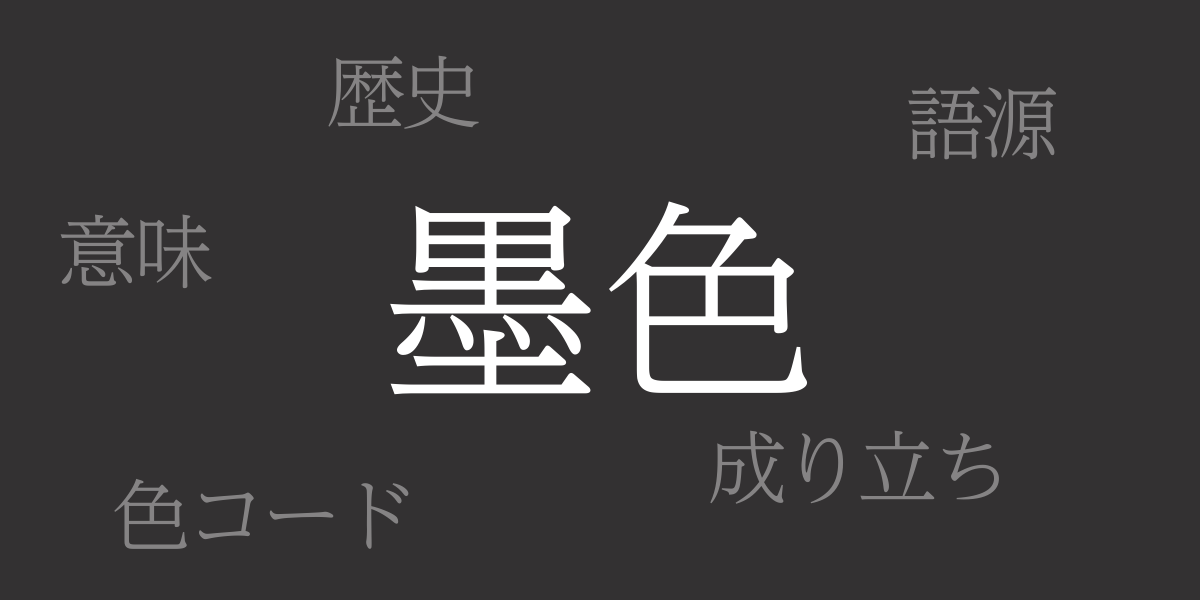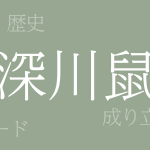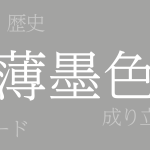Sumi-iro (墨色 – すみいろ) embodies deep silence and gentle strength. This color, a sophisticated shade within Japan’s traditional palette, is more than just black. Its unique depth and warmth symbolize Japanese aesthetic values. This article delves into the allure of Sumi-iro, exploring its history, color codes, and even its Western name, revealing why it continues to captivate so many.
About Sumi-iro (墨色 – すみいろ)
Sumi-iro refers to a deep black reminiscent of mixed charcoal and ink, based on the ink used in Japanese painting and calligraphy. Depending on the lighting, it may also exhibit subtle hints of blue or brown, enchanting many with its unique shade.
The History of Sumi-iro
The history of Sumi-iro is extensive, used in calligraphy and painting since the Nara period. During the Heian period, nobles embraced the use of ink, establishing Sumi-iro as a traditional Japanese color. It was also favored for samurai armor and weaponry, valued for its composed style and dignity.
Sumi-iro Color Code
For digital design and web production, accurate color reproduction of Sumi-iro is crucial. Here are the necessary color codes:
- HEX: #333132
- RGB: R:51 G:49 B:50
- CMYK: C:0.0 M:3.9 Y:2.0 K:80.0
Western Name for Sumi-iro
The corresponding Western name for Sumi-iro is ‘Charcoal.’ This name, inspired by the darkness of wood charcoal, reflects the deep black shade associated with Sumi-iro. In the West, this color is used in fashion and interior design, providing a sense of depth and sophistication.
Summary of Sumi-iro
Sumi-iro, while evoking Japan’s traditions and history, is also recognized in various modern design fields for its value. Its rich depth offers tranquility and elegance, leaving a serene aftertaste in the viewer’s mind. As a traditional Japanese color, Sumi-iro will continue to be cherished by many.

























